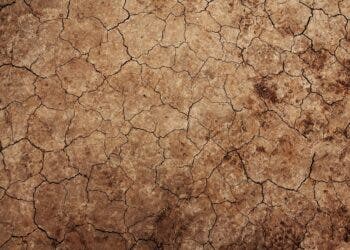The Sahara Desert is the largest hot desert in the world, at 9.2 million km² — only slightly smaller than the entire area of the US. Given its size and geological nature, the Sahara Desert is the main global contributor to atmospheric dust, producing over 400 million tons of dust per year. This dust, most often produced by natural sources, travels as far as Japan, Scandinavia, or the Amazon, where it plays an important role for the Earth’s biology and climate.

Dust in the wind
For hundreds of thousands of years, the Sahara has alternated between a desert and a savanna grassland, changing every 20,000 years. This cycle is caused by the Earth’s precession movement — small wobbles of the planet’s axis as it rotates around the Sun. These wobbles change the location of the North African monsoon and shift the Sahara from one state to the other.
These days, the Sahara is a hot desert, with rare rainfall and plenty of sand. But contrary to popular belief, ergs (large “sand seas”, areas covered with sand dunes) only form a minor part of the desert. Instead, the Sahara is dominated by stony, barren features called hamadas.
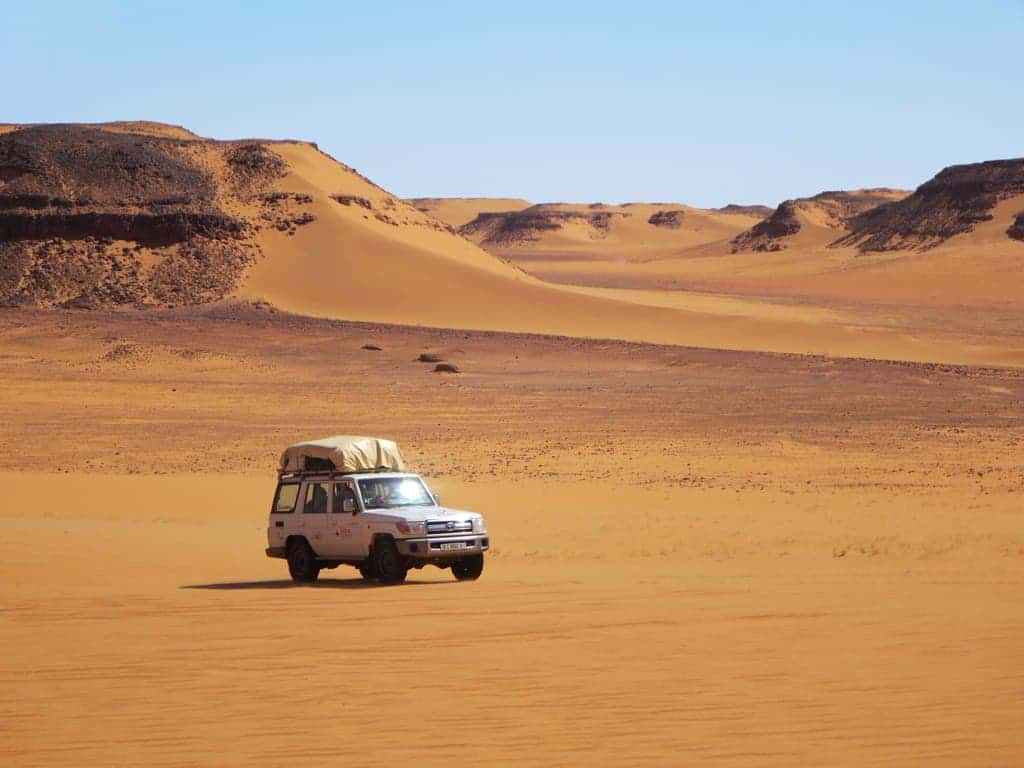
The Sahara sits atop the African shield, which is composed of ancient, Precambrian rocks — some of which are 900 million years old. The rocks in this shield (mostly granite, gneiss, and schists) were buried, remelted, refused, and altered in many ways before finally returning to the surface. But the features in today’s Sahara are dominated by wind and rare rainfall.
These processes (mostly wind) erode the rocks into smaller and smaller bits until it forms tiny particles of sand or dust. What we call Sahara dust is essentially wind-formed mineral dust (atmospheric aerosol coming from the suspension of minerals in the soil). Saharan dust is mostly produced by natural processes — for all the impact humans have on the planet, we seem to not play a very important role in this one.
Sahara dust particles are much smaller than sand particles, which is why they’re more easily carried away by wind. Dust also sometimes contains organic molecules called ligands. In order for the dust to fly across the world, it must first become airborne. This usually happens in depressions (low lying areas), where larger quantities of dust can accumulate before being taken up to the skies by winds (the Bodélé Depression is one of the most significant sites of Saharan dust formation). Winds then pick up the loose sediment, raise it high, and transport it away from the Sahara.
Where the dust ends up depends on wind circulation, and at least a part of this effect is seasonal. From winter and early spring storms, Sahara dust often ends up in the Amazon, while summer storms tend to bring the dust into Africa, the Caribbean, and even parts of the US (like Florida or Texas). The dust can also spread to Europe, Japan, and even Hawaii. This dust has even been found on some glaciers.
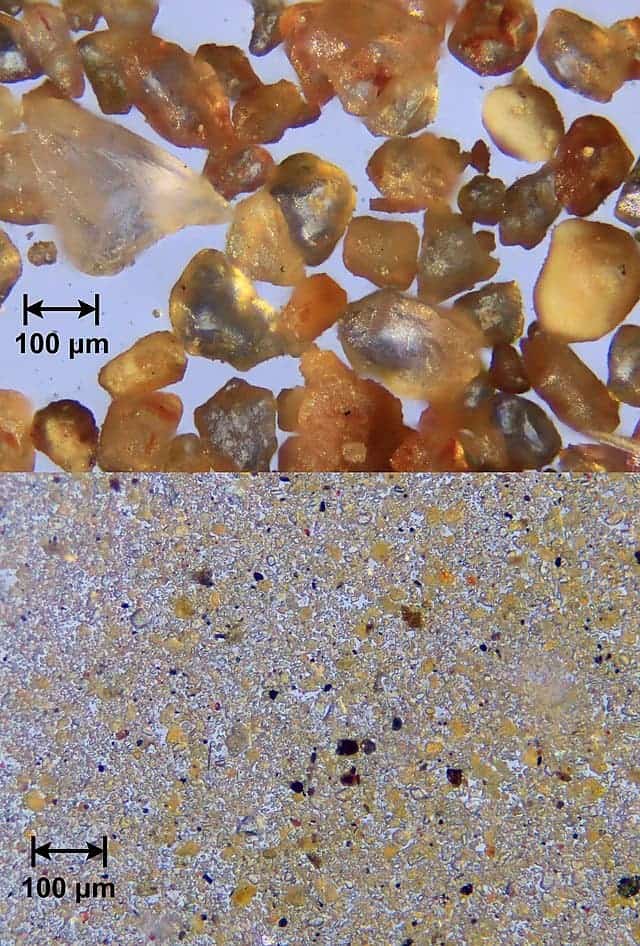
The Sahara is by far the largest source of airborne dust in the world, and storms can spread the dust far and wide during all seasons. Dust can reach high up into the atmosphere, from which plumes can travel thousands of kilometers on high-level winds. This spread is important for several large-scale ecosystems, because the dust acts as a sort of “fertilizer”.
Why Sahara dust matters so much
When you read about Sahara dust, it’s usually associated with risks to human health, and that’s perfectly understandable. Exposure to Sahara dust is linked to a higher number of ER visits for asthma, pulmonary disease and respiratory infections and given how far the dust can spread, that’s a justifiable concern. But the dust doesn’t just degrade air quality and make people breathe harder.
Airborne dust particles absorb and reflect sunlight, altering how much solar energy reaches the planet’s surface. This is true of aerosols in general and is not specific to just Sahara dust. For instance, this is why a major volcanic eruption can temporarily influence the planet’s climate because its aerosols block out some of the sunlight. A major Sahara plume can affect local conditions by blocking out some of the sunlight, which can have a negative impact on local vegetation and plankton.
But more often, Sahara dust has a positive effect on phytoplankton.
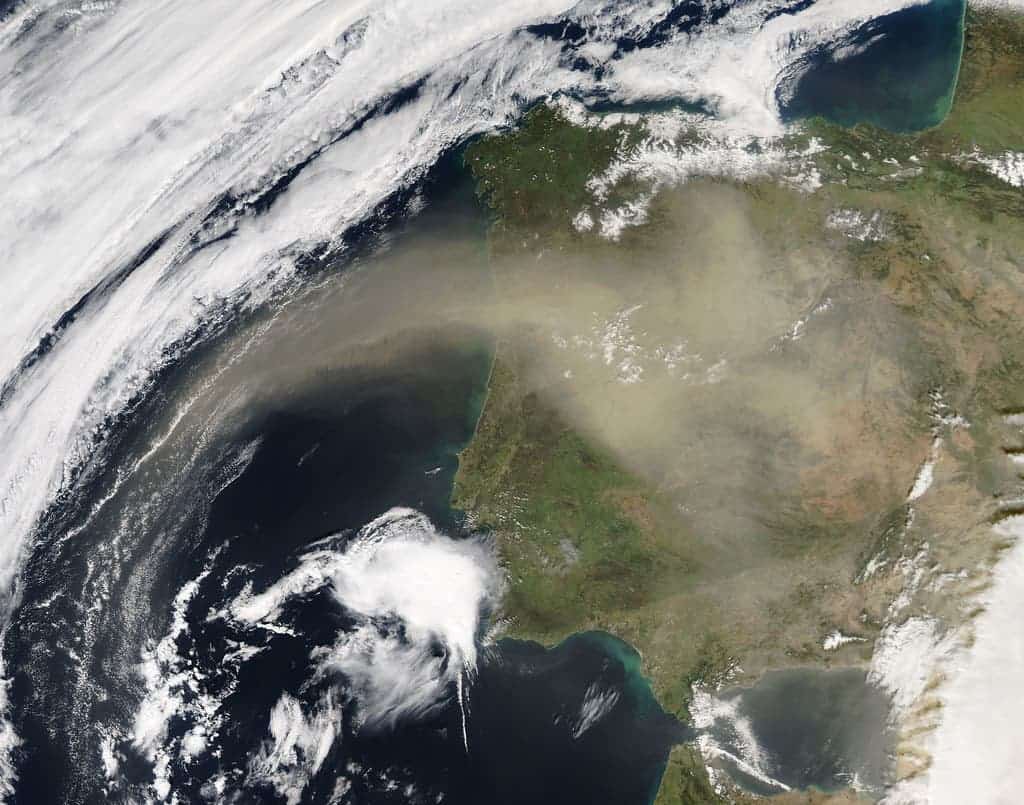
Phytoplankton produces energy through photosynthesis — they’re essentially a form of microalgae. In most cases, phytoplankton need iron to multiply, and Sahara dust plumes are often rich in iron. This helps both plants and phytoplankton to grow and multiply, but the dust is particularly helpful to the latter. It’s not uncommon for dust plumes from the Sahara to fertilize phytoplankton so much that it triggers a bloom.
So one of the key roles of Sahara dust is the transfer of nutrients from one place to the other. Even if not all of it is soluble, Sahara dust is still a key iron contributor to environments such as the Atlantic Ocean and the Mediterranean Sea. In the Atlantic, the dust can even affect water circulation. The quantity is substantial as well: over 70% of the iron available to photosynthesizers in the Atlantic comes from Sahara dust.
But Sahara dust doesn’t just carry iron, it also carries something else that’s important to plants: phosphorus.
The Sahara and the Amazon
What connects one of the hottest and driest environments on Earth to the wet, lush Amazon forest? Yep, it’s dust.
Much of the Amazon basin is very limited in phosphorus, a key nutrient for many plants. It seems ironic that the Amazon rainforest, one of the most biologically productive places in the world, doesn’t have enough phosphorus, but you can blame it on the rain: rain strips away unused phosphorus as quickly as it appears, and there’s a lot of rain in the Amazon.
It’s remarkable, but the Amazon, like the Atlantic, relies on the Sahara for “fertilization” with key nutrients.
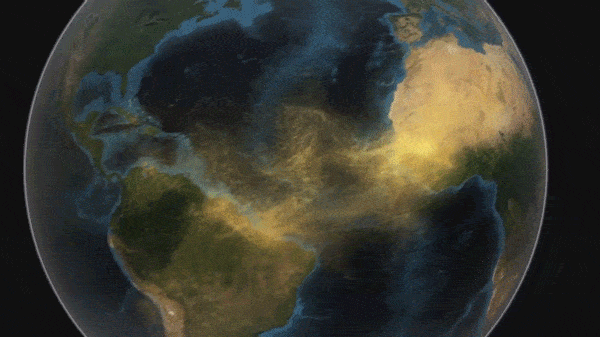
However, climate change can disrupt this transport of dust (and nutrients) from the Sahara to other places. While there can be significant year-to-year variability, a heating of the atmospheric system can significantly affect the dust circulation, studies have found. Despite reports of massive storms from the Sahara, studies show that these storms carry less dust as the air gets hotter.
“Dust plays a major role in the Earth system,” said Hongbin Yu, an atmospheric researcher at Goddard, in a 2020 interview. “A decrease of dust as the climate warms may have profound influences on a variety of phenomena, but these potential impacts may be good or bad.”
Spreading far and wide, and not all good
We’ve gone through the geology and the positive impact of the Sahara dust, but we’ve only briefly mentioned the damage it can cause. Specifically, the dust can be damaging to humans.
Researchers have documented respiratory difficulties and adverse health effects during dust storms. Whether or not such a storm will be damaging depends on the altitude and concentration of the storm. High altitude dust transport is less likely to have a significant impact on air quality at the surface. But important dust clouds can carry a lot of particulate matter and pose respiratory or even cardiovascular risks.
Saharan dust storms can also carry microorganisms along with the particles. Sometimes, these microorganisms are killed during the journey but other times, they survive and can impact ecosystems. For instance, snow-colonizing bacteria has been found on Mont Blanc, the highest mountain peak in Europe, brought from the Sahara. In the Caribbean, Sahara-native pathogens caused sickness in coral reefs.
The problem is that the pathogens that do survive the trip tend to be resilient and stress-resistant, and can also cause disease in humans, something which has been documented in the past. This shouldn’t be cause for immediate concern, as microorganisms regularly travel in the air, but it’s an impact that can be potentially significant, especially given how far the dust can travel.
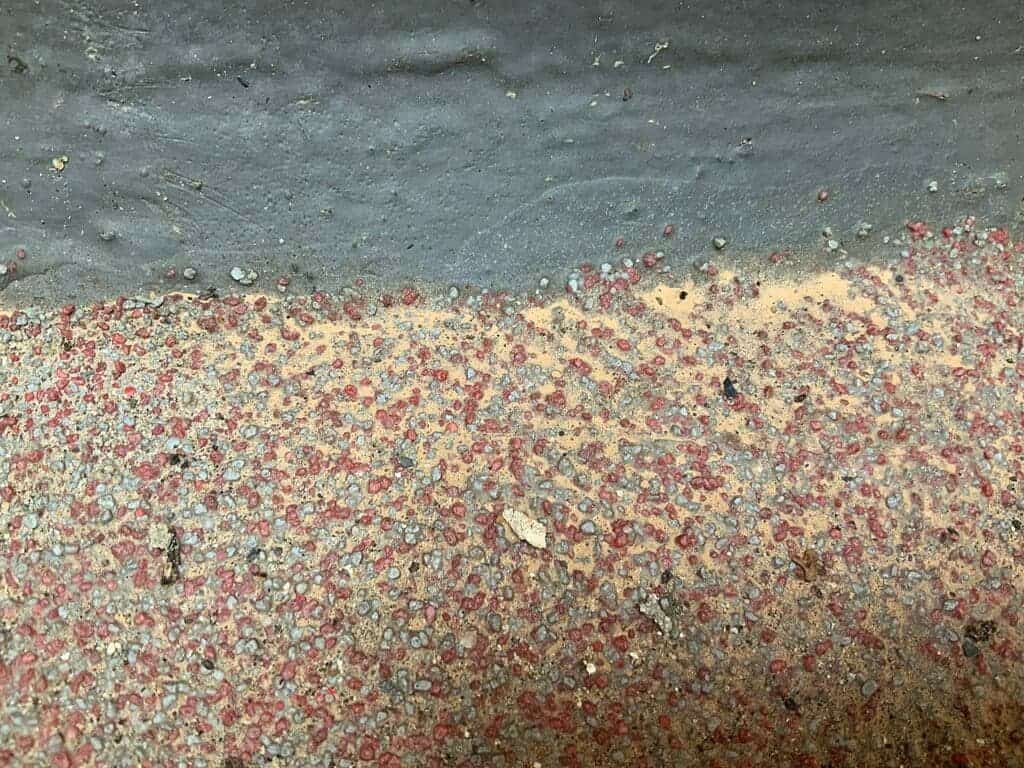
Severe storms can also disrupt travel, as happened during February 2020, when a massive dust cloud engulfed the Canary Islands and caused chaos at the local airport.
A key connection
Ultimately, despite the potential damage it can cause, Sahara dust is important to our planet. Carried far and wide by winds, the dust marks an important connection between seemingly unrelated parts of the planet and it’s a sign that even faraway environments are connected by the physical processes that govern our planet.
Sahara dust is a fundamental puzzle piece for the atmospheric, climate, and biological systems on Earth and no doubt, there’s still plenty about it we’ve yet to discover.


